Setting short-term financial goals is one of the smartest moves you can make—especially in a year like 2025, where rising costs, fluctuating income streams, and economic uncertainty are part of daily life. While long-term plans like retirement or homeownership matter, short-term goals provide the structure, clarity, and small wins you need to stay financially strong in the present.
In this post, we’ll break down why short-term financial goals are so valuable, how to set them up the right way, and what to watch out for.
Why Short-Term Financial Goals Matter
Short-term financial goals are like checkpoints on the road to financial independence. They:
- Help you build momentum and stay motivated
- Offer flexibility when life throws curveballs
- Keep your spending habits intentional and aligned with your long-term vision
Think of them as your financial GPS. Without short-term milestones, it’s easy to veer off course or stall out completely.
How to Set Achievable Short-Term Financial Goals
Here’s a step-by-step guide to setting goals that stick:
1. Build or Replenish Your Emergency Fund
Unexpected expenses can hit at any time—medical bills, car repairs, or a sudden layoff. Set a goal to save at least 3–6 months of essential expenses in a high-yield savings account.
📍 2025 Tip: Aim for $1,500–$3,000 as a short-term starter goal, even if you’re also managing debt.
2. Start With a Micro-Goal You Can Achieve This Month
Quick wins boost confidence. Try:
- Saving $100 by cutting unused subscriptions
- Paying off a buy-now-pay-later balance
- Creating a barebones monthly budget
These wins build financial momentum fast.
3. Use the SMART Framework
Make sure every goal is:
- Specific: “Save $500 in 3 months,” not just “save money”
- Measurable: You can track your progress
- Achievable: It fits your current budget and lifestyle
- Relevant: Supports your long-term plans
- Time-bound: There’s a clear deadline
4. Align Short-Term Goals with Long-Term Priorities
Your short-term choices should support your future self.
Examples:
- Want to buy a house in 3 years? → Set a short-term goal to boost your credit score 30 points in 3 months.
- Planning to freelance full-time? → Save for 3 months of health insurance coverage now.
Examples of Realistic Short-Term Financial Goals for 2025
- Save $1,000 for unexpected pet care
- Pay off $500 in high-interest credit card debt
- Build a $200 side hustle launch fund
- Create a student loan repayment tracker now that forbearance has ended
- Reduce spending on food delivery by $150/month
Challenges to Watch Out For
1. Balancing Ambition with Reality
It’s tempting to aim high—but burning out leads to giving up. Start with achievable goals and adjust upward once you gain traction.
2. Misaligned Priorities
Wanting to take a vacation while trying to save for a security deposit? You don’t have to sacrifice everything—but be mindful of trade-offs. Ask: Will this help or hurt my financial future?
3. Life Happens: Be Flexible
Goals should be flexible, not rigid. If your car breaks down and wipes out your savings goal, reassess. Adapt and move forward without guilt.
Tools to Help You Succeed
- Budgeting Apps: YNAB, Rocket Money, Goodbudget
- Financial Goal Planners: Printable worksheets or Google Sheets templates
- Banking Tools: Set up automatic transfers to your savings
Final Thoughts
Short-term financial goals don’t just help you “get by”—they help you build a strong foundation for everything that comes next. In 2025, with more people juggling side gigs, unpredictable rent hikes, and economic shifts, setting focused, achievable goals is more important than ever.
Remember: every dollar you redirect toward a goal is a vote for your future. Start small, track your progress, and celebrate the wins. You’re not just surviving—you’re building a smarter, more secure path forward.







